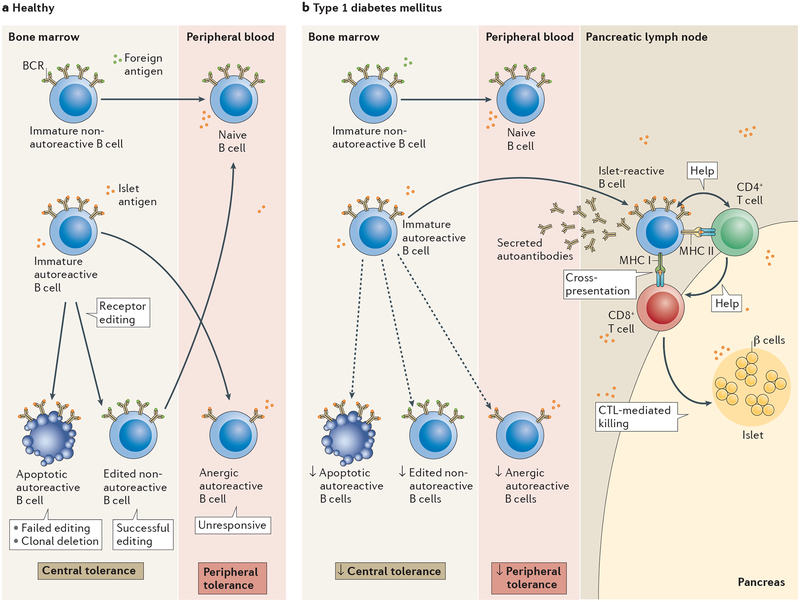Figure 1 |. Mechanisms of autoreactive B‑cell tolerance and dysfunction in type 1 diabetes mellitus.
a | In healthy individuals non-autoreactive B cells that react to foreign antigen via their B-cell receptors (BCRs) migrate into the periphery where they become mature naive B cells. Autoreactive B cells with a high avidity for self-antigen, such as islet antigen, undergo receptor editing in the bone marrow (a process considered to be a central tolerance mechanism). Cells that are successfully edited (thus losing autoreactivity) migrate to the periphery, whereas those that fail to undergo successful receptor editing are destroyed. Autoreactive B cells with moderate avidity for self-antigens can enter the periphery and become tolerized through peripheral tolerance mechanisms by a process termed anergy, whereupon cells are unable to become activated, proliferate and produce antibody in response to self-antigen. b | In type 1 diabetes, central and peripheral tolerance mechanisms are impaired, enabling an accumulation of autoreactive B cells in the periphery. These cells participate in disease by entering the pancreas or pancreatic lymph node where they present antigen to islet-reactive CD4+ and CD8+ T cells, leading to the destruction of β cells via cytotoxic T lymphocyte (CTL)-mediated killing.

